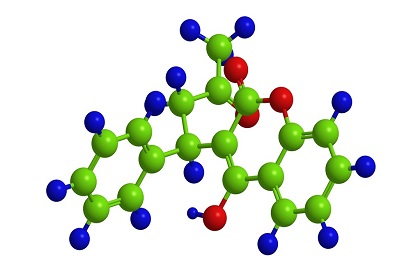Search
WHAT YOU NEED TO KNOW:
What is a laceration? A laceration is an injury to the skin and the soft tissueunderneath it. Lacerations happen when you are cut or hit by something.They can happen anywhere on the body.
What are the signs and symptoms of a laceration? Lacerations can be many shapes and sizes. The open skin may look like a cut, tear, or gash. The wound may hurt, bleed, bruise, or swell. Lacerations in certain areas of the body, such as the scalp, may bleed a lot. Your wound may have edges that are close together or wide apart. You may have numbness around the wound. You may have decreased movement in an area below the wound.
How is a laceration diagnosed? Tell your doctor about how you got your laceration.He will examine your laceration and decide what treatment you need. An x-ray, ultrasound, CT, or MRI may show foreign objects in the wound. Foreign objects include metal, gravel, and glass. The tests may also show damage to deeper tissues. You may be given contrast liquid to help the injured area show up better in the pictures. Tell the doctor if you have ever had an allergic reaction to contrast liquid. Do not enter the MRI room with anything metal. Metal can cause serious injury. Tell the doctor if you have any metal in or on your body.
How will my laceration be treated? The treatment you will need depends on how large and deep the laceration is, and where it is located. It also depends on whether your child has damage to deeper tissues. You may need any of the following:
• Pressure may be applied to stop any bleeding.
• Wound cleaning may be needed to remove dirt or debris. This will decrease the chance of infection. Your doctor may need to look in your laceration for foreign objects. He may give you medicine to numb the area and decrease pain. He may also give you medicine to help you relax.
• Wound closure with stitches, staples, tissue glue, or medical strips may be needed. Your doctor may need to give you medicine to numb the area and decrease pain. He may also give you medicine to help you relax. These may help the wound heal and prevent infection. Stitches may decrease the amount of scarring you have. Some lacerations may heal better without stitches.
• Medicine to treat pain or prevent infection may be given. You may also be given a tetanus shot. Your doctor will decide if you need a tetanus shot. Wounds at high risk for tetanus infection include wounds with dirt or saliva in them. You should get a tetanus shot within 72 hours of getting a laceration or wound. Tell your doctor if you have had the tetanus vaccine or a booster within the last 5 years.
• Surgery may be needed if your laceration needs a lot of cleaning or removal of foreign objects.
When should I seek care immediately?
• You have heavy bleeding or bleeding that does not stop after 10 minutes of holding firm, direct pressure over the wound.
• Your stitches come apart.
When should I contact my doctor?
• You have a fever or chills.
• Your laceration is red, warm, or swollen.
• You have red streaks on your skin coming from your wound.
• You have white or yellow drainage from the wound that smells bad.
• You have pain that gets worse, even after treatment.
• You have questions or concerns about your condition or care.
CARE AGREEMENT:
You have the right to help plan your care. Learn about your health condition and how it may be treated. Discuss treatment options with your caregivers to decide what care you want to receive. You always have the right to refuse treatment.
© 2017 Truven Health Analytics LLC All illustrations and images included in CareNotes® are the copyrighted property of A.D.A.M., Inc. or Truven Health Analytics.
Click the link for more information on Emergency Medicine Clinical Service
Click the link for more information on Family Medicine Clinical Service
Click the link for more information on Surgery Clinical Service











